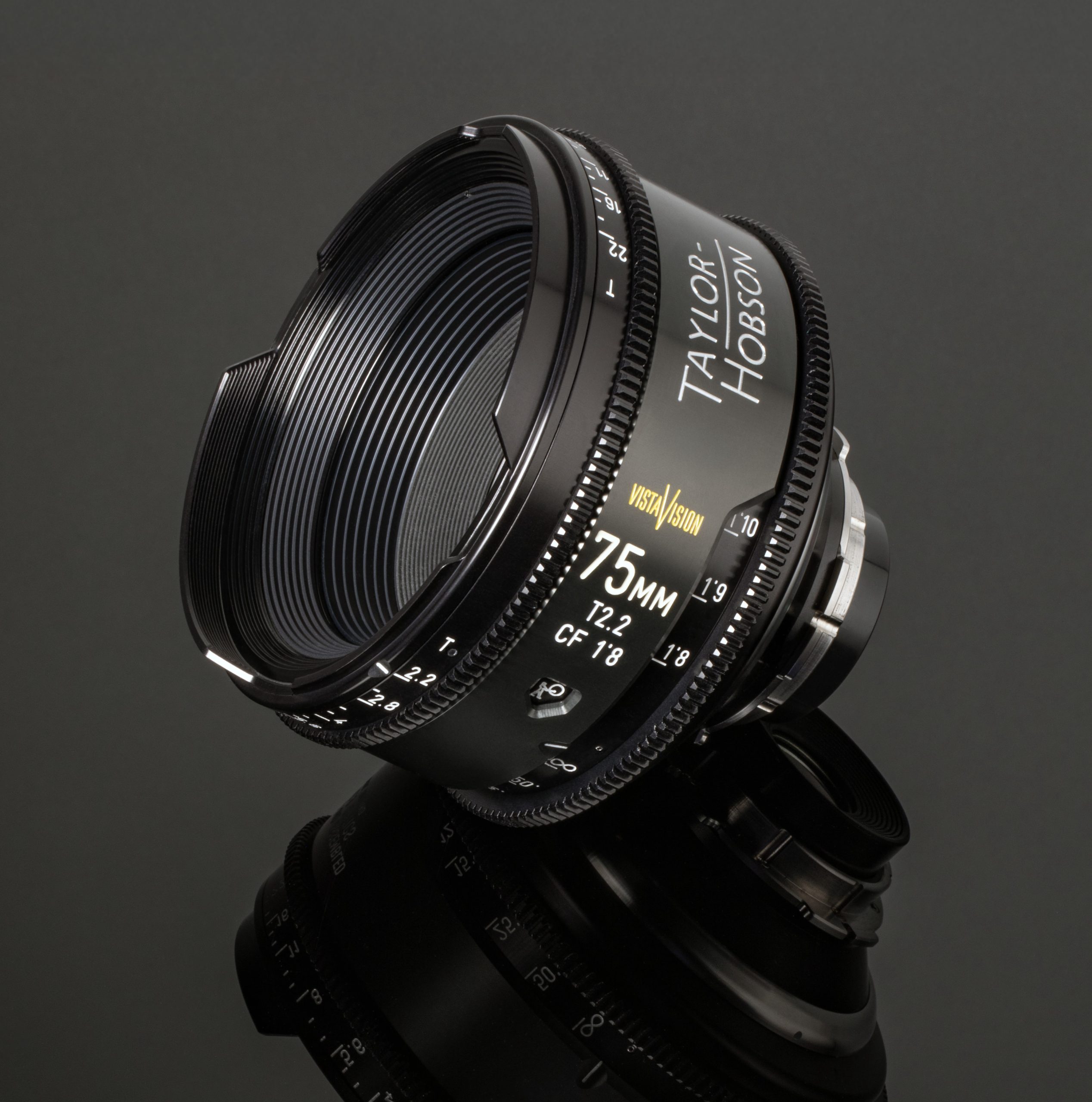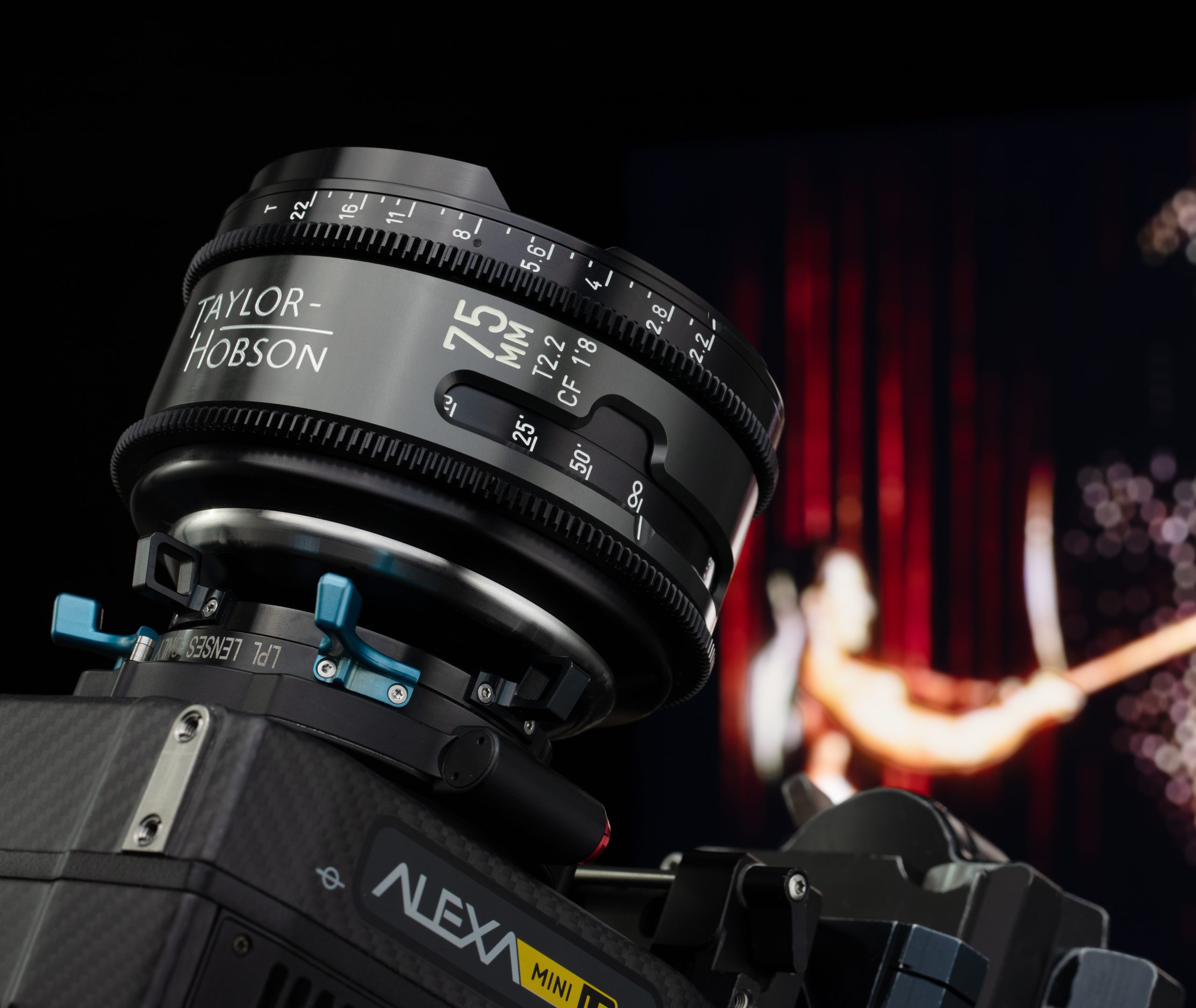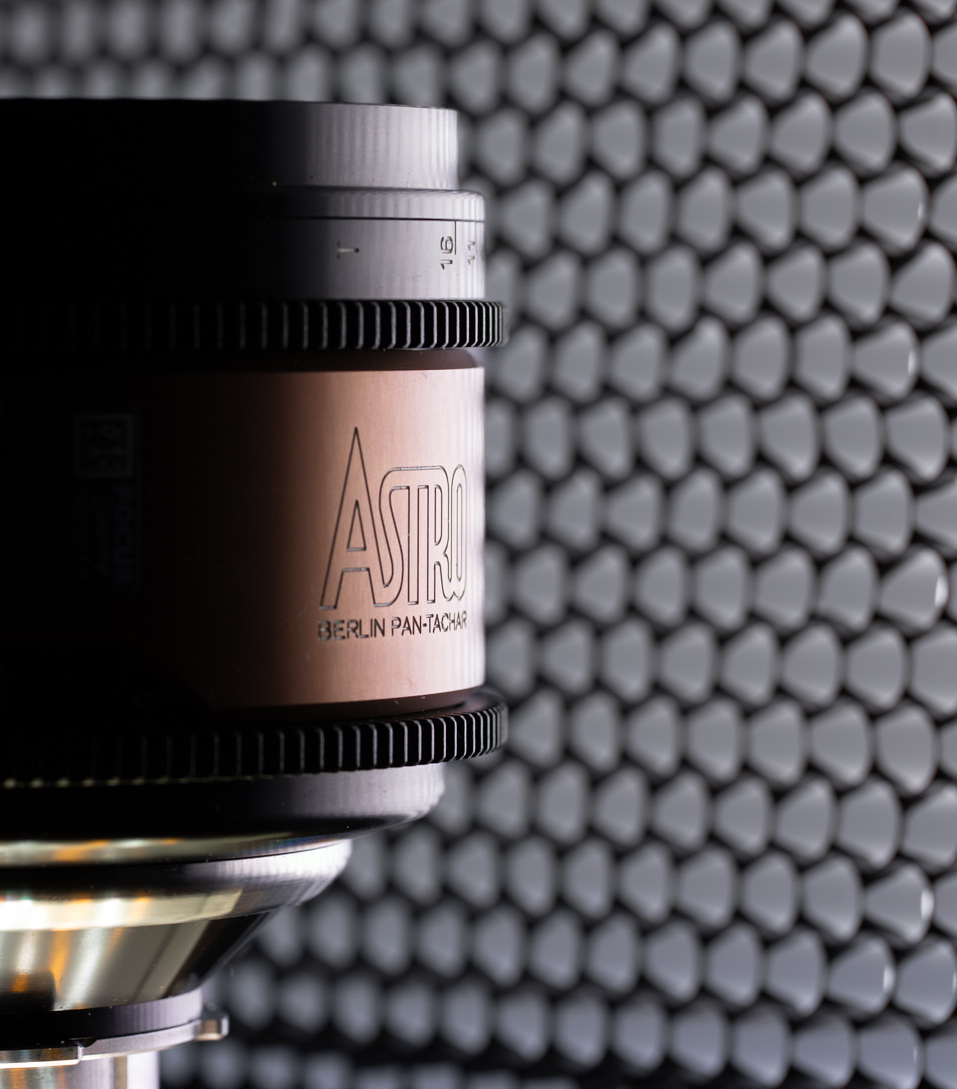We have curated an exhaustive selection of timeless and forgotten glass that is oven ready for ‘reincarnation’ which strike a balance between trusted faithfuls that are in short supply and those that are left of field. We look forward to announcing the completion of these products in the coming months, but for now we are proud to present our completed works so far.

Completed
Works
-

Taylor Hobson VistaVision
No.9 Optics rehoused Taylor Hobson VistaVision lenses are another ‘world’s first’, in which we have sourced optics that have hitherto been lost, overlooked or forgotten.
In the mid-1950s Taylor-Hobson Cooke manufactured limited numbers of a ‘scaled up’ version of their prized ‘Speed Panchro’ lenses. These lenses shared the same speed ratings and many of the same focal lengths as the Speed Panchros but with greater coverage (larger image circle) for use on Paramount Pictures innovative horizontal film format ‘VistaVision’ availing twice the image area on the film negative, resulting in greater resolution, a wider aspect ratio and significantly finer grain. These lenses were named ‘Double Speed Panchro’. The VistaVision format received wide acceptance but was superseded in the early 1960s by the 2x anamorphic ‘CinemaScope’ system.
Focal lengths: 28mm, 35mm, 50mm, 75mm & 127mm
-

Astro Berlin Pan-Tachars
Our very first in-house lens project courtesy of No.9 Optics. The Pan-Tachar series was Astro’s landmark cine product, featuring a 4-element design. The iris design was round for a smooth fall-off of focus into the background, particularly for the longer focal lengths. Production of the Pan-Tachar series was disrupted during WWII, resuming again in the 1950s. The Pan-Tachar lenses were used to shoot Fritz Lang’s Metropolis and were utilised by Gregg Toland, ASC for many scenes of Citizen Kane. We are currently building a 33mm to compliment the existing set. Please click here for more information around this very special vintage glass.
Focal lengths: 25mm f/1.8 28mm f/1.8 35mm f/1.8 50mm f/1.8 75mm f/1.8 100mm f/1.8




